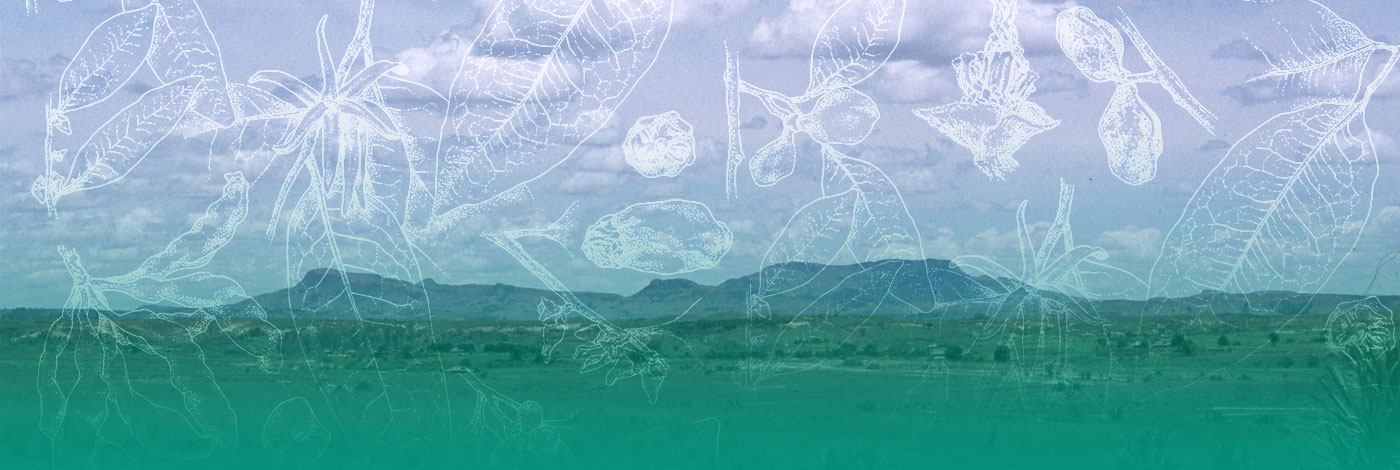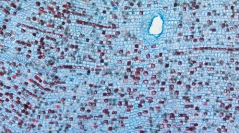

 Adansonia
39 (1) - Pages 31-40
Adansonia
39 (1) - Pages 31-40The bark structure of Adansonia digitata L. is described in detail. Characters of the bark that are shared with other Malvaceae include the presence of strongly dilating rays, mucilage cells and cavities, druses of calcium oxalate in the cells of cortical parenchyma and phloem rays, a storied arrangement of sieve tube members and axial parenchyma strands, the presence of secondary phloem fibers and their arrangement into tangential bands. The secondary phloem fibers are longer (2.8-8.6 mm) and more abundant than the libriform fibers (1.7-2.2 mm) in the wood of this species. The abundance of parenchyma in both axial and radial parts of the secondary phloem and in the pseudocortex is a noteworthy feature. Due to the complementarity of fibrous and parenchymatous tissues, the secondary phloem can provide substantial mechanical benefits and apparently play an important role in the biomechanical stability of the trunk. The meristematic capacity of dilated phloem rays and the pseudocortex allow for substantial bark dilatation with very limited abscission of the outer portions of the secondary phloem. Subsequent phellogen initiation in the outer part of the secondary phloem was not observed, not even in mature bark. Hence no rhytidome is present. The thin translucent phellem, formed by continuous phellogen arising in the subepidermal layer, allows for photosynthesis to potentially occur within the chloroplast-containing cells of phelloderm and pseudocortex, even when the plants are leafless, thus probably assisting them to survive harsh climatic conditions. The formation of sieve tube members by transverse anticlinal divisions from fusiform cambial initials in A. digitata is a first report for the Malvaceae sensu lato.
Bark anatomy, biomechanics, fibers, mucilage cells and cavities, translucent phellem.